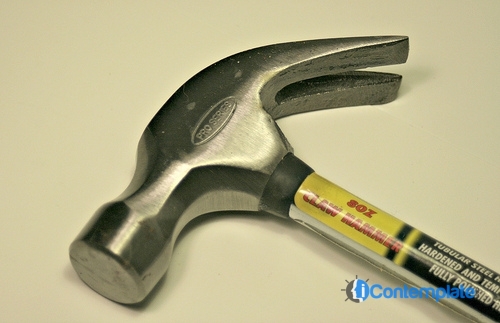If you own a small business and are looking for ways to save money (what small business owner isn’t?), you need to develop an understanding of basic maintenance tasks. If you have a well-stocked toolbox and don’t mind getting your hands dirty, you can take care of quick fixes yourself instead of calling a handyman.
Part of this do-it-yourself ethic is learning how to make do with what you have. When something is damaged or is deteriorating, your first inclination should not be to buy a replacement or immediately call a professional. Read on to learn how you can squeeze the most life out of the items you already own.
Flooring Wear and Tear
In any office with carpeting, it’s only a matter of time until someone drops their morning latte and leaves a huge stain. But before you call the professional carpet cleaners, see if you can remove that stain yourself.
If your stain-removal efforts don’t do the trick, here’s a tip: Use a carpet knife to cut out the stain, find a square of carpet in a closet or storeroom that you can cut out to replace the stained area and affix it using carpet tape. As long as you follow the grain of the carpet, no one will be able to tell you’ve patched it together.
Frayed Furniture
Lobby furniture is usually utilitarian by design — no overstuffed sofas in fancy fabrics that require special care. The furniture generally has simple lines and angles, which makes it easy to reupholster when fabric is damaged or stained.
Reupholstering a simple sofa is relatively easy. Carefully remove the current fabric. If you’ll be sewing new cushion covers, use the old ones as a template and repurpose the zippers for your new covers. Or if your sofa is all one piece, you can cut the fabric into three pieces: one piece for each sofa arm, and one piece to cover the seat and back. Wrap the fabric tightly around the frame and secure it to the underside with heavy-duty staples.
Damaged Walls
Drywall is delicate, so it’s easily damaged by sharp or heavy objects. But it’s also easy to repair.
Superficial scrapes and dents can be patched with spackling. After the spackling dries, sand, prime and paint the area, and the wall will look like new again. For large damaged areas, you may need to remove and replace the affected drywall.
Use a stud finder to find the studs surrounding the damaged portion, then use a drywall saw to cut the portion out. Attach a small piece of lumber as the anchor for your new drywall, and affix a drywall patch to the lumber. Apply joint compound to hold the patch in place, cover the compound with drywall tape and smooth the area with a putty knife. After it dries, sand it, apply a second coat of compound and, when that’s dry, prime and paint.
As you get more comfortable making your own repairs, look around online for helpful guides that explain more complex projects. Taking the time to do that could save you a lot of money!
Image source





